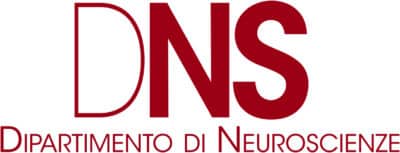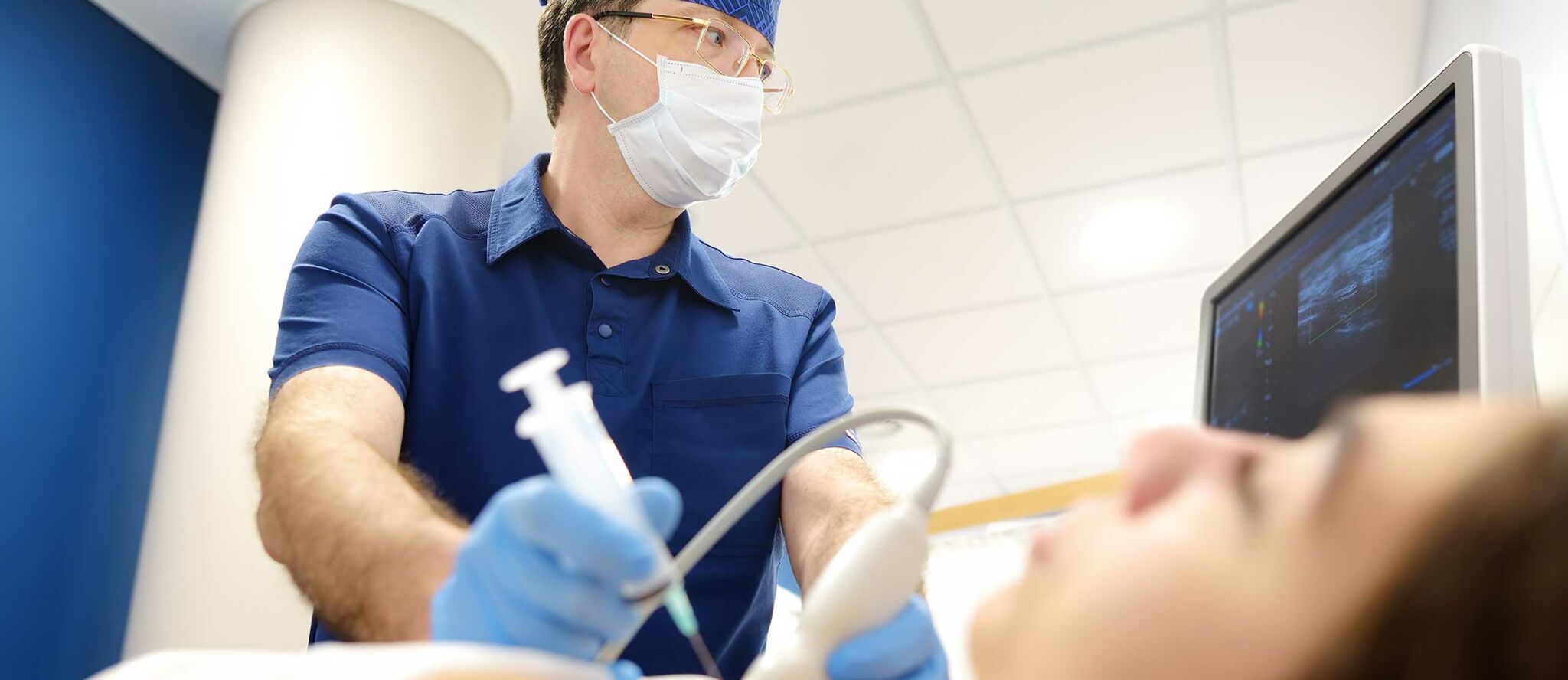
The Post-Graduate Course in Myofascial Ultrasound Imaging prepares students on this crucial area of contemporary musculoskeletal Ultrasound Imaging, which holds a central role in anatomical analysis and in the assessment of muscle and fascia conditions.
Purpose of this Course is providing a thorough theoretical and practical foundation, starting from basic myofascial anatomy and ultrasound concepts, and exploring advanced scanning techniques. By providing a detailed analysis of musculoskeletal issues connected to myofascial alterations, they can be identified through specific ultrasound features.
Particular emphasis is placed on the advanced imaging interpretation to ensure an accurate diagnosis and appropriate treatment. The Course is not restricted to the acquisition of theoretical knowledge, it also trains students in the hands-on application of competences in clinical and Ultrasound diagnostic settings.
The Post-Graduate Course in Myofascial Ultrasound Imaging provides a thorough and hands-on knowledge of myofascial ultrasound techniques, through diversified educational methods. The lessons provide a solid base on the anatomical, physiological and technical aspects of ultrasound examination, while hands-on sessions help students acquire technical and imaging interpretation skills. The workshops are the perfect occasion to correlate ultrasound and anatomy on corpses. Moreover, the hands-on sessions with volunteers represent the chance to carry out actual ultrasound examinations, under the supervision of expert trainers, to practice carrying out the exams. Particular attention is devoted to anatomical dissection, to study myofascial anatomy in detail and identify the relevant structures. Lastly, the project work covers several topics, such as: myofascial anatomy and physiology, ultrasound examination techniques, imaging interpretation, musculoskeletal pathologies, and ethical, legal, research and innovation aspects.
The Post-Graduate Course in Myofascial Ultrasound Imaging is addressed to Medicine and Surgery graduates, who wish to perfect themselves in the ultrasound examination of musculoskeletal pathologies with myofascial involvement; the closest career is that of musculoskeletal sonographer.
Practical applications in this course range from physical therapy and rehabilitation, orthopaedics, rheumatology, anaesthesiology and pain therapy, and sports medicine. Moreover, it trains students to actively contribute to clinical research and education on myofascial ultrasound imaging.
The academic competences acquired include mastering advanced ultrasound imaging acquisition and interpretation, being able to distinguish and assessing different myofascial pathologies, and understanding myofascial anatomy and its clinical implications in detail. The course also provides hands-on skills on diagnostic and treatment procedures, and on how to manage ultrasound equipment and related data effectively.
The Post-Graduate Course in Myofascial Ultrasounds provides in-depth knowledge on the following topics:
Module 1 – MYOFASCIAL ANATOMY
- Myofascial dissection anatomy of muscles and muscle fasciae, in the upper and lower limbs, trunk, head and neck.
- Myofascial hyaluronic acid and spasticity.
- Myofascial treatment with hyaluronidase injections.
- Hyaluronic acid in muscle fasciae: role, physiology and physiopathology.
Module 2 – MYOFASCIAL DISSECTION ANATOMY
- Fascial dissection anatomy of muscle fascia, in the upper and lower limbs, trunk, head and neck.
Module 3 – MYOFASCIAL ULTRASOUND ANATOMY
- Myofascial gross anatomy of muscle fasciae, in the upper and lower limbs, trunk, head and neck.
- Myofascial ultrasound anatomy of muscle fascia, in the upper and lower limbs, trunk, head and neck.
- Myofascial ultrasound anatomy of the relation between nerves, muscle fasciae and muscles, in the upper and lower limbs, trunk, head and neck.
- Myofascial examination ultrasound protocols.
Module 4 – MYOFASCIAL ULTRASOUND: EXAMINATION
- Myofascial ultrasound anatomy of muscles and muscle fasciae, in the upper and lower limbs, trunk, head and neck.
- Ultra-sound guided myofascial injections on muscle fasciae, in the upper and lower limbs, trunk, head and neck.
- Myofascial examination ultrasound protocols.
Module 5 – MYOFASCIAL ULTRASOUND: EXAMINATION AND TREATMENT
- Fascial dissection anatomy of muscles and muscle fasciae, in the upper and lower limbs, trunk, head and neck.
- Invasive procedures, such as myofascial blocks, hydro-dissection, guided myofascial injections and other surgeries on the muscle fasciae of the upper and lower limbs, trunk, head and neck.
Module 6 – MYOFASCIAL ULTRASOUND: COMPARISON WITH OTHER IMAGING TYPES
- Comparison between myofascial RM and TC imaging with myofascial ultrasound anatomy of the upper and lower limbs, trunk, head and neck.
Module 7 – DISSECTION ANATOMY AND MYOFASCIAL ULTRASOUND: RELATION WITH NERVES
- Dissection anatomy of the relation between nerves, muscle fasciae and muscles in the upper and lower limbs, trunk, head and neck.
- Fascia innervation.
The general ranking of merit for the academic year 2025/26 will be published on the Italian page of this Master according to the timing provided in the Call.
Information
Get the brochure
"*" indicates required fields
FAQ
The course includes classroom lessons, remote classes, hands-on practice on corpses, and a final exam. The final exam consists in a dissertation about a clinical case.
Yes, proportionally to the number of lessons.
The course has a mandatory attendance of at least 80% of the activities.
Yes, a maximum of 15 additional places are allocated for auditors.
A degree in Medicine and Surgery.

